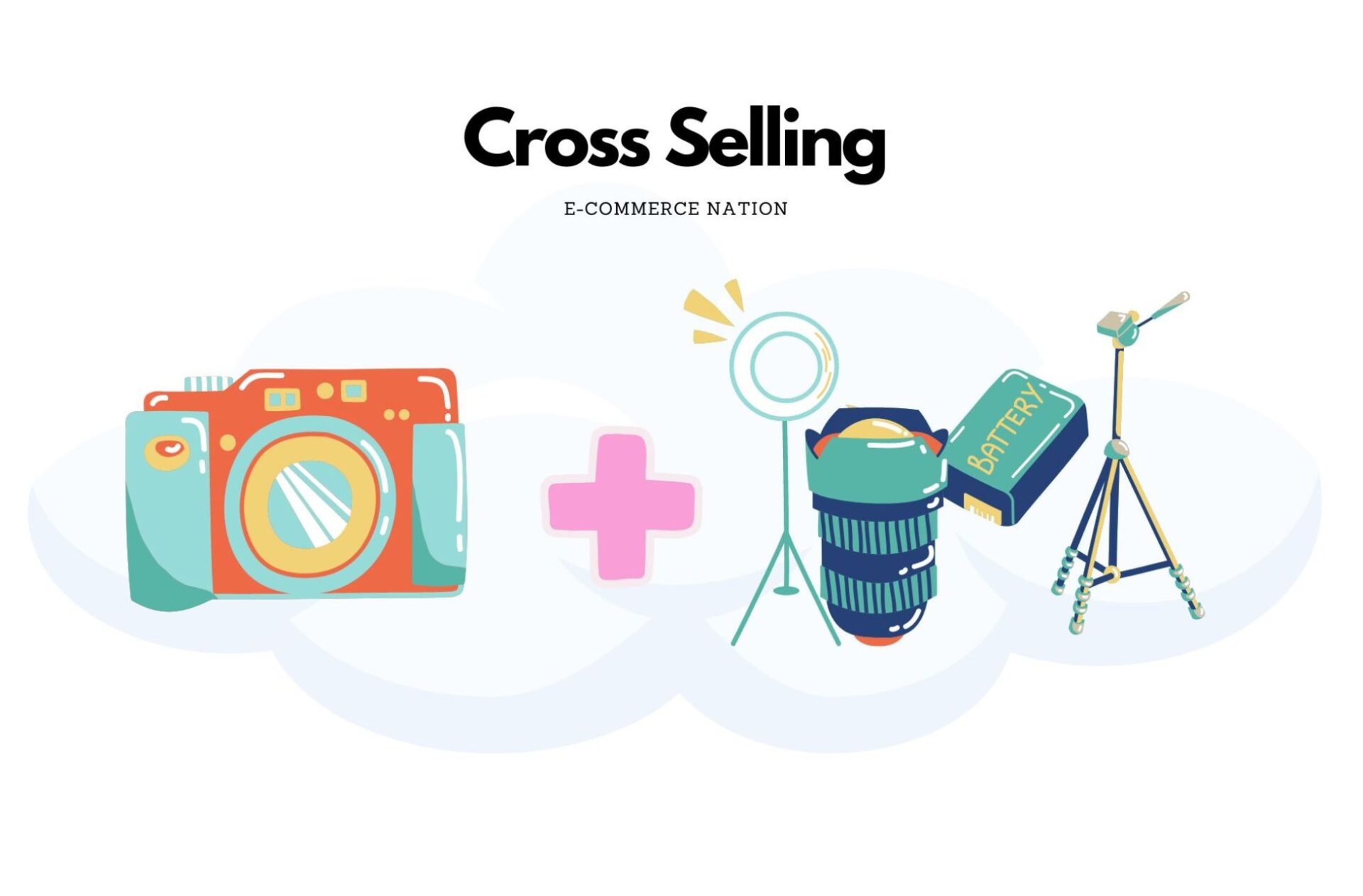Customer relations are a major issue for any merchant. Good customer relationship management is essential to grow your business, develop your sales and ensure your sustainability.
We must not forget the economic importance of a good customer relationship, especially for an online store. It is important to know that the cost of customer loyalty is lower than the cost of acquiring new visitors.
To improve the management of customer relations, it is necessary to develop processes, accompanied by technological tools to collect and process information on consumers. The objective is to be present and active on the right channels, where the target customers are, to know them better and to set up a customized communication to satisfy them before building loyalty.
In this article, we offer you a complete guide to customer relations, giving you a definition of this concept, then explaining how to optimize it with strategies and tools adapted to e-merchants.
What is customer relationship management?
The customer relationship is defined by all the interactions with a consumer, during the various phases of the purchasing process. Depending on the source, this journey includes more or less stages. In order to be exhaustive, let’s look at the 8 stages of the customer journey:
- Recognition of the need: the consumer realizes his need and starts to inquire about the solutions that meet it;
- Comparison: the consumer learns about available products and reviews (using the notion of social proof);
- The decision: the consumer has made his choice after his study and will concretize the purchase of the product;
- The reception and the test: the store sends the product to the consumer, who will test it upon reception;
- The evaluation: the consumer tests the product and gives the evaluation of the product, the company, the experience, … ;
- Maintenance: the consumer may have feedback on the product, hence the importance of after-sales service;
- Loyalty: the consumer establishes whether or not to continue his relationship with the company;
- Recommendation: the consumer becomes an ambassador and can recommend your company to his friends and family.
How to manage the customer relationship?
Customer Relationship Management (CRM) consists of the implementation of tools and strategies. All this is deployed with the aim of collecting and analyzing information to potentially maintain a customized and quasi-exclusive relationship with its customers.
Above all, good customer relationship management means adding value. For this, it is necessary to :
- to know its customers well (to carry out a study of the target and the existing customers);
- to have reactive and attentive customer service, which response efficiently and quickly to customer requests;
- customized communication and customer experience, in particular, thanks to the data collected on the customer’s journey;
- be omnichannel and create coherence between the different communication channels;
- be transparent in order to maintain a relationship of trust;
- Engage customers in the buying process;
- Involve the entire organization in the CRM process.
The best way to know if you have good relationship management is to do a satisfaction survey. This will allow you to measure the level of satisfaction of your customers. The Net Promoter Score (NPS) is an indicator that allows you to measure the propensity of a customer to recommend your brand, your products, or your services.
Customer relationship management meets two objectives for e-retailers: convert new customers and retain existing ones.
Communication channels and tools to improve customer relationship
Today, there are many communication channels to get in touch with consumers. Indeed, even if the telephone has long been the symbol of the customer relationship, consumers now use other more current, digital means of communication, such as chats and social networks. As previously mentioned, customer relations are increasingly part of an omnichannel logic.
It is not necessarily useful to be present on all communication channels. You have to choose them according to your technical capacities, your time and your customers. If, for example, you have a rather young audience, it will be interesting to turn to social networks to address them. If you are addressing professionals, within the framework of a B2B store, the telephone, email and contact forms are essential.
According to the Customer Relationship KPIs Barometer, social platforms are more and more preferred by consumers. They even become the third most preferred channel, behind the phone and email.
Here is an overview of the different communication channels available for managing your customer relations, with the associated tools:
Phone
The telephone is an essential means of communication for customer relations, especially for potential emergencies. The fact of putting a number on your website allows you to reassure consumers, while humanizing your store, showing that someone is really behind.
To manage calls on your online store, you have several tools available, among which we find :
- Ringover: cloud telephony solution. This solution allows you to manage your customer service in a centralized way, as well as to launch call campaigns for your E-commerce;
- Allomedia: a solution for real-time analysis of telephone conversations between companies and their customers. This solution collects the data contained in these calls, which you can then use in your CRM strategy.
Emailing and text messaging
Emails are also an essential part of the customer relationship in e-commerce. Indicating your email address on your website has the same reassuring effect as displaying your phone number. Transactional emails are particularly relevant to allow consumers to follow the progress of their order.
Moreover, having an emailing strategy is a very good way to create a relationship of trust with customers. In addition to building loyalty, it allows you to customize the relationship with them. For example, you can reinforce the attachment to your brand and your products with a newsletter, or deploy marketing emails containing customized offers.
Then there are SMS, used by more and more e-retailers to communicate with their customers. Indeed, SMS are a way to announce to your customers important events, such as sales, private sales or discounts. You can also use them to communicate the progress of the delivery of a product.
The advantage of SMS is that their opening rate is much higher than other communication channels, such as emails. Be careful, however, not to abuse it. This channel can seem intrusive to consumers.
The majority of emailing tools today offer the sending of emails and SMS. We can for example quote :
- Mailjet
- Mailchimp
- Digitaleo
- Sendinblue
Social media
It is now necessary for a brand to be present on these social platforms. It is important to know that these platforms are not only used for advertising and brand awareness. They can also be an integral part of customer relationship management.
With the features offered by social media, you will have the opportunity to get closer to your target and your customers, adopting a one to one communication by customizing it. It is then the opportunity to value your customers and to exchange directly with them. Many e-merchants use Twitter or Instagram as real customer service platforms.
To manage your customer interactions easily, and to monitor social networks, you can use tools such as :
- Sprout Social
- Agorapulse
- Mention
Instant messaging
Instant messaging applications allow you to chat with your customers in real time. We will also find live chat tools. These are generally used by online sellers to quickly exchange with their customers. These live chats can appear as widgets directly on e-commerce websites.
There are two types of chats:
- The live chat, which allows an advisor to directly contact a web user manually in order to offer help;
- The chatbot, automated, which allows consumers to address directly to a robot that, thanks to artificial intelligence, can answer their questions.
In the live chat tools, you can find :
- Zendesk Chat
- Tawk.to
- Livechat
- Gorgias
You can also use Facebook Messenger, WhatsApp or Kik, which are very good tools to communicate with consumers. They have the possibility to leave you a message and get an answer, quickly. The faster and more efficiently you respond, the greater the chances that the customer will be satisfied.
FAQ and blog
It is possible to answer consumers’ questions in a passive way, without going through a direct contact, by offering them a Frequently Asked Questions. Customers will find the answers they need to “common” questions directly on a dedicated page. It’s a simple way to avoid wasting time with frequently asked questions.
You also have the possibility to enrich this FAQ on your online store, or via blog articles. These are a way to highlight your products through content, but also to reassure and advise your customers. Indeed, you will be able to explain how to use a product, how it was made and answer in more details to the possible questions of your customers.
Contact form
This form is part of the channels that are often found on e-commerce websites. It offers consumers the possibility to contact you, easily, in order to answer a problem. However, this problem must not be urgent. These forms are mostly placed on online stores in the “Contact Us” section.
Customer reviews
Over time, these reviews submitted by consumers have become a central element of customer relations. They have become fully integrated into the habits of consumers looking for validation and information. Indeed, 70% of French consumers consult customer reviews before buying from an online store.
These reviews can be found directly on the e-commerce website, or on dedicated websites such as Google, Trustpilot, … These customer reviews have several implications for online retailers:
- Reassure visitors ;
- Satisfy your customers;
- Build customer loyalty;
- Control your E-reputation;
- Improve your brand image.
It is therefore necessary to collect these reviews and manage them. Here are some customer review tools that will allow you to do so:
- Trusted Shops
- Trustpilot
Use a CRM tool to centralize and optimize customer relations
We have presented the different tools that allow you to manage individual communication channels. Nevertheless, if you want to use several channels simultaneously and ensure a good customer relationship on each of them, it may be necessary to equip yourself with CRM tools.
This type of tool allows you to collect data about your customers and then centralize them. The centralized data can then be used by all members of the company, and this, on all channels.
With a CRM tool, you can :
Centralize all your customers’ information
On the same CRM software, you will be able to centralize the orders placed by customers, the questions asked during telephone conversations or the feedback from satisfaction surveys.
This will allow you to better know your customers and identify their needs, which will help you optimize the support you offer. In addition, you will be able to improve the quality of your exchanges over time by customizing your communications (marketing emails, for example).
Automate processes and save time
In addition to the ability to centralize information, CRM allows you to automate many tasks. If you have hundreds of customers, it can quickly become complicated to do these tasks manually.
Among the possible automations, we can find the automatic sending of emails, the sending of standard responses, the management of responses on social networks, promotional offers, …
Deploy targeted marketing campaigns
A CRM tool allows you to collect data on all your customers, and on the behavior of your website visitors. You will therefore have a more precise vision of them. All this information will be useful to refine the targeting of your marketing campaigns and thus improve their effectiveness.
Indeed, you will be able to segment your customers and create groups of consumers according to many criteria (gender, orders, interests, average basket, …). Thanks to these segments, you will be able to create targeted and especially customized marketing campaigns according to your needs.
Which CRM solutions for your E-commerce?
There are several CRM solutions on the market, with many features in common. It is important to choose your CRM according to your activity and your objectives. Here is a selection of 3 CRM solutions for your online store:
Salesforce
World leader in CRM software. Salesforce is a cloud-based CRM solution that integrates with all the services and departments of your company (marketing, sales, customer service, e-commerce, etc.).
Hubspot
This is a platform offering a free rate. The proposed software suite allows you to manage marketing, sales or customer service.
ZohoCRM
It is an online customer relationship management tool, which allows you to follow your activity but also to manage your sales and marketing actions.
How to manage your customer relationship?
The customer relationship is articulated around a multitude of online contact points. Indeed, the customer is everywhere on the Internet and on social networks.
Therefore, it is necessary to take these evolutions into consideration in order to exploit all the channels where the target customers are present. Thus, by collecting information on them, while demonstrating omnichannelity and reactivity, you will be able to develop a customer relationship of trust
Image credit: Macrovector





